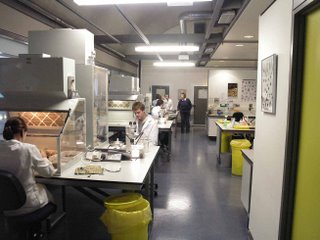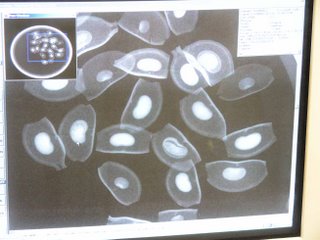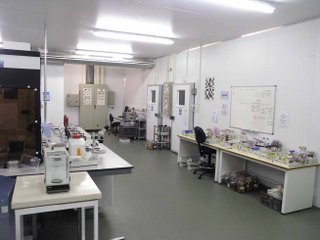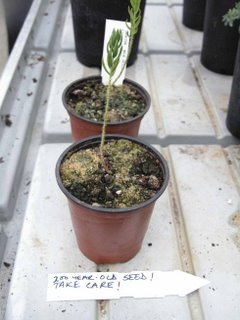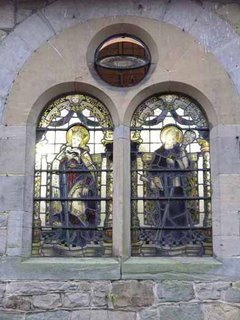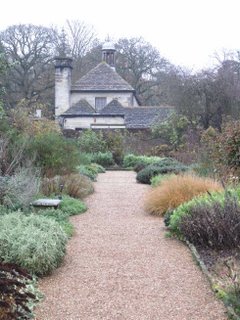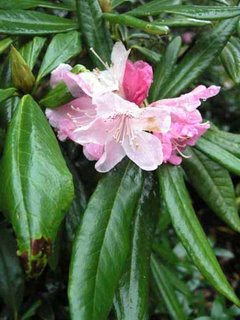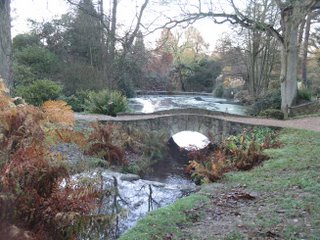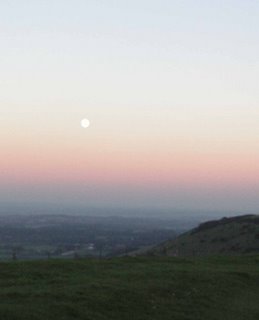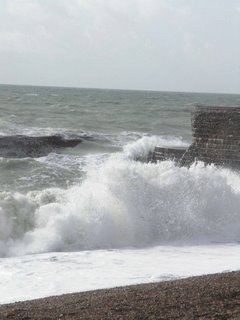The past few weekends have been busy with friends visiting and again acting as a guide to the local sites.

Dinner at my house one evening, missing is Dipali from India. We are (left to right) Issac a first year PhD candidate Ghana, me, Bakaray, my MSc partner in plant conservation from The Gambia and Alfred, the senior guy, a final year PhD from Ghana also.
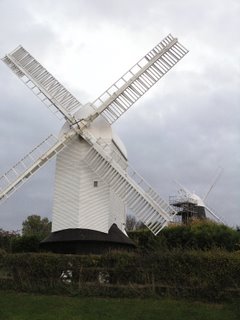
A view of the twin sisters, a few miles over the downs. There is another in town that somone lives in. They were used for milling oats and are not uncommon in Sussex.

One of many old churches in the area, this is an old Norman style and if my history lessons serve me well it is from about 1050-1200, very, very old to us Canadians, it is in the nearby village of Pyecombe.

Yet more views of the downs, the pictures never do it justice and I never tire of enjoying them.
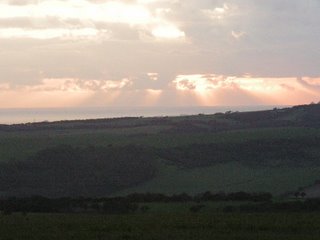

It is still fairly mild here, although some mornings as of late we have had frost, still it is never too cold for walks along the beach.

The beach at Brigton is quite unusual in that is a pebble beach that is comprised of flint. Flint a very hard stone that when broken produces a very sharp edge was often used in primative times as knives and tips for spears. It is stil used today in buildings and as a decorative material in gardens, often used as a crushed gravel. There are some unique ecoystems found along the beach and in the spring I hope to be able to photograph them, some include Crambe cordifolia growing.

Olivia from the Kirstenbosch Botanical Gardens, visiting Kew and here obviously at Brighton beach.
Kirstenbosh is one of the gardens I must visit, similar flora exists at my favourite garden here in England, Tresco on the Isles of Scilly, in Cornwall. If Adam is reading this, there is a book on Kirstenbosch in the library brought back by some great friends Joyce and Darcy whose garden I have worked on.
The link for the Kirstenbosch Botanical Gardens through the South African National Biodiversity Institute:
http://www.sanbi.org/frames/kirstfram.htm
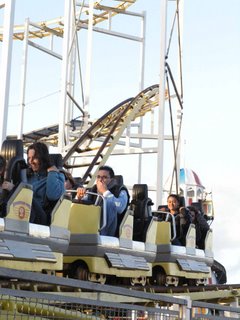
We spent some of the afternoon on Brighton Pier, trying the various rides.

Walter and I on the pier, Walter is a seed collector from South Africa.



